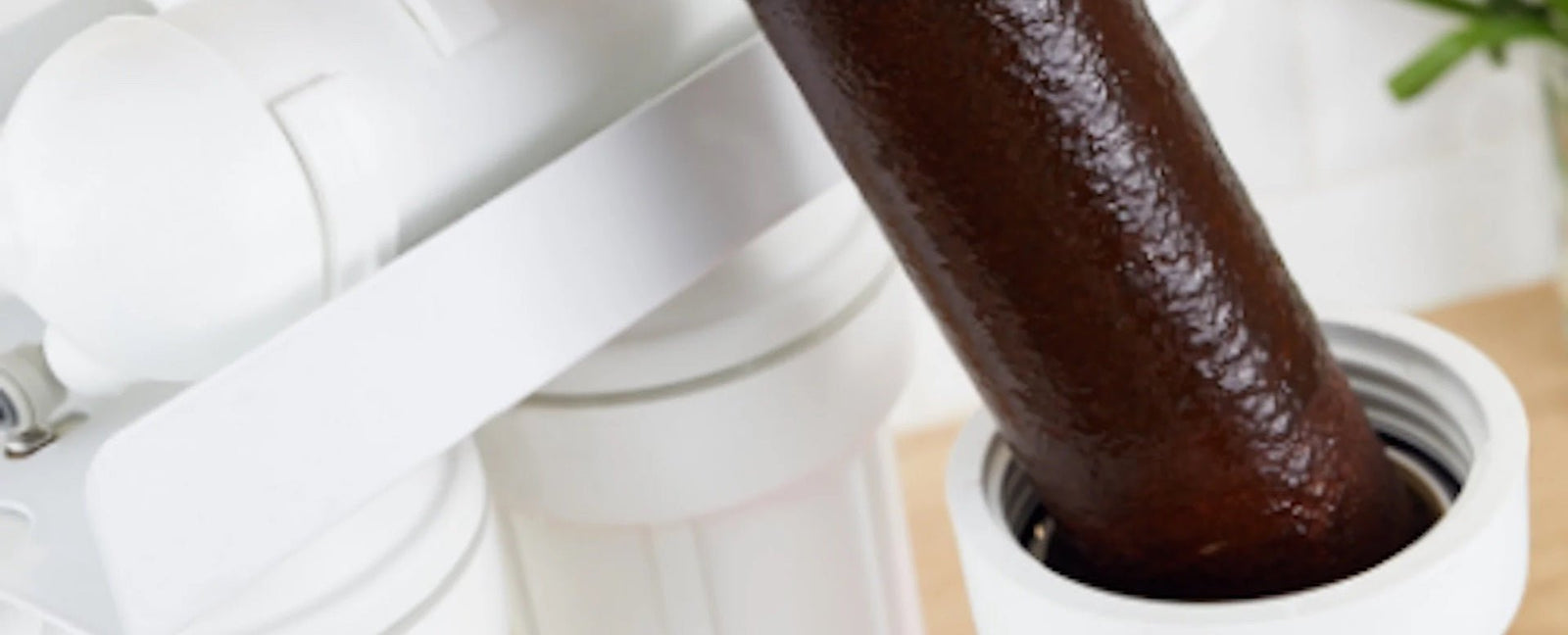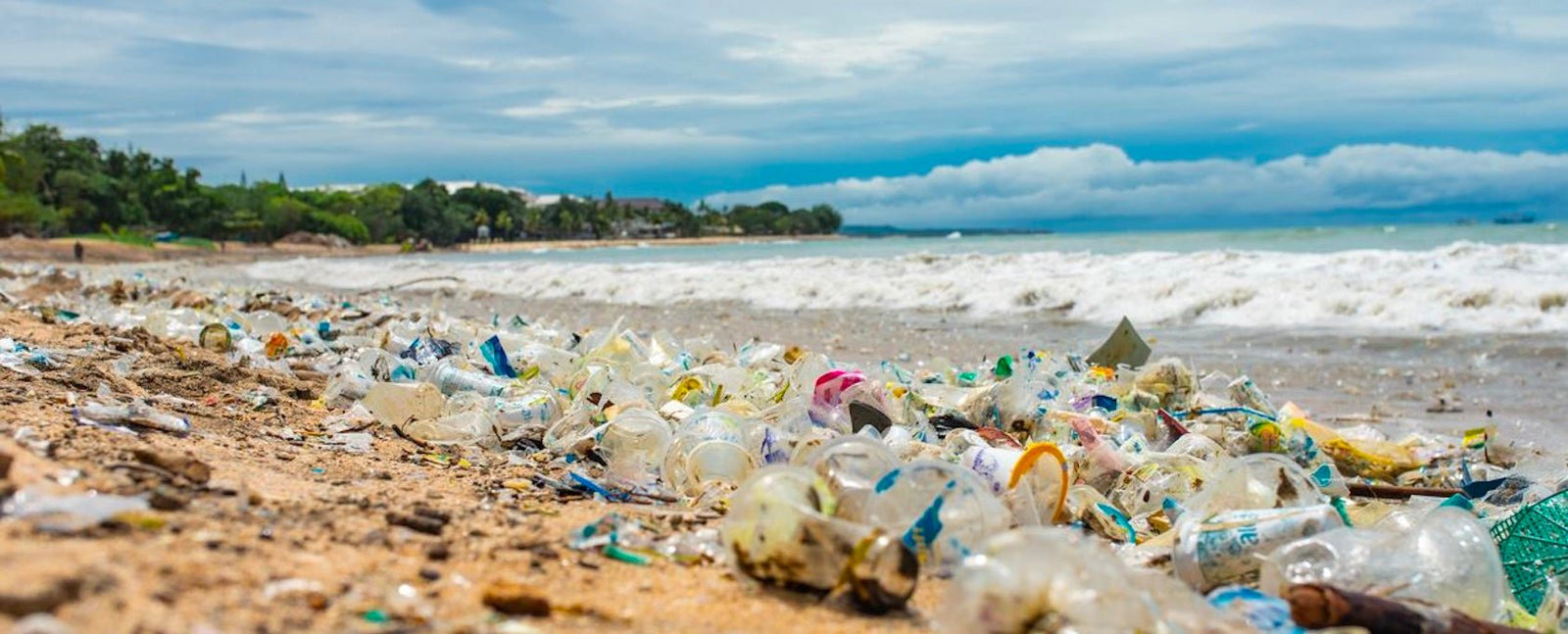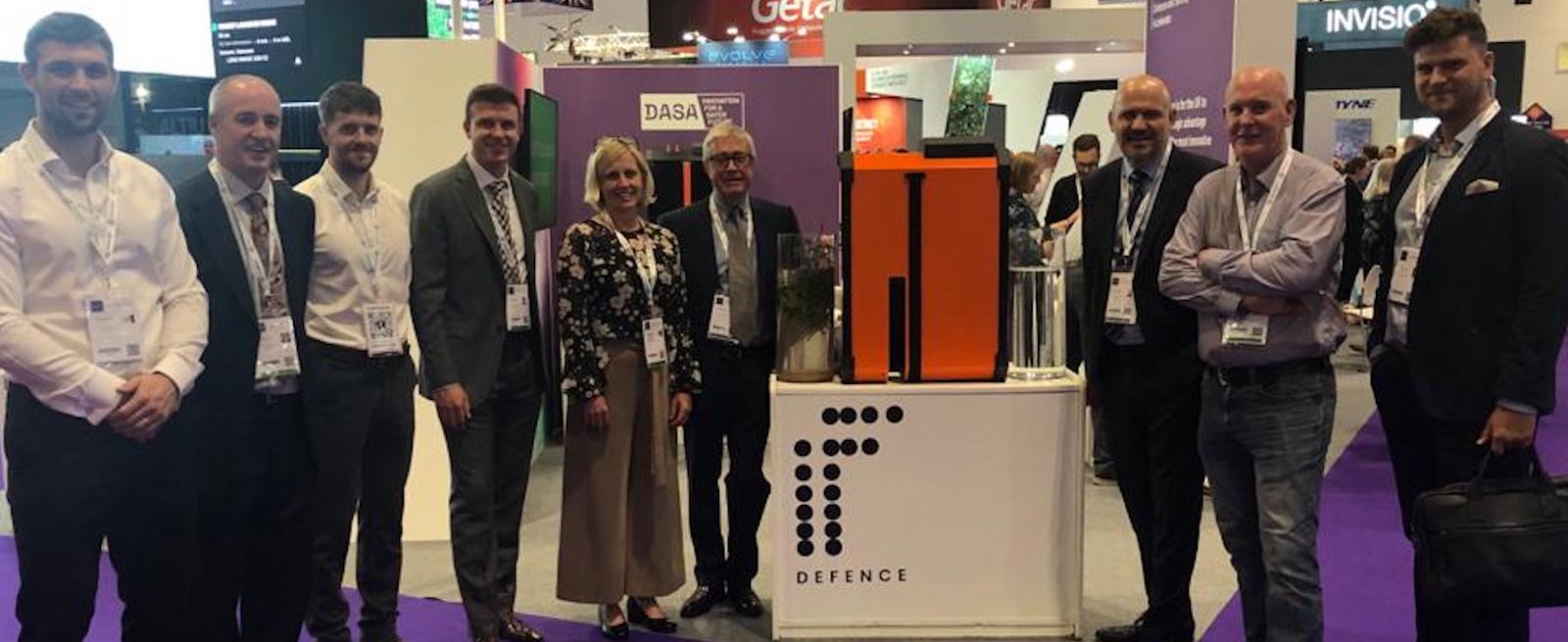
The Slow Decline of Reverse Osmosis Systems
by Sonya Mathews June 08, 2021 3 min read
The Permeable Predicament: The Deterioration of Reverse Osmosis Systems Revealed
In the realm of modern water purification, Reverse Osmosis (RO) has reigned supreme since the 1970s, emerging as a titan of innovation. This process utilises an external pressure to flip nature's osmotic script, separating pure water from its less pristine counterpart through a semi-permeable membrane. A technology that's been a stalwart for military applications and industrial water treatment, it has also extended its reach into domestic water purification.
Yet, behind its illustrious facade, lies a story of steady decay, imperfections, and lurking pitfalls that may compromise its promises. As RO systems age, they start to show their vulnerabilities, leading to wastewater woes, energy extravagance, and a host of environmental concerns.
The Allure of RO
RO's charm stems from its ability to produce minimal wastewater, especially in industrial setups, purifying 75% to 90% of feed water. While this efficiency might seem like a silver lining, it's a different story for smaller units, which recover just 5% to 15% of feed water, generating copious amounts of wastewater, up to 50 liters for every liter of pure water. The elusive promise of purity in your glass begins to waver.
Desalination, a critical function in arid regions, demands RO's prowess. But the obscene pressure requirements, sometimes exceeding 70 times atmospheric pressure, and an appetite for energy, akin to a voracious beast, make it a taxing affair. The seas, once viewed as an infinite reservoir, now cast shadows of doubt.
Energy efficiency is another feather in RO's cap, albeit a deceptive one. Despite being more energy-efficient compared to its desalination counterparts, it still devours substantial amounts of power, 7 to 30 kW-h per 1000 gallons of desalinated water. As global thirst intensifies, this energy addiction becomes an ecological headache.
The Hidden Deterioration
As the years go by, RO systems fall prey to the relentless march of time. Membrane fouling, an ever-present menace, coats the feed side of the membrane, silently sabotaging the quality of water produced. Maintenance and monitoring become essential, but the processes are energy-intensive and costly, adding to the mounting woes.
The membranes themselves aren't impervious to deterioration. Industrial-grade membranes clock out at around 2 to 3 years of service. They succumb to the pressure, scale, oxidation, and degradation. Even diligent monitoring can't always detect the subtle signs of membrane damage, hiding behind the shroud of fouling.
RO's finicky nature extends to its sensitivity towards feed water quality. The pH levels must be just right, and the feed water meticulously prefiltered. This elaborate dance requires exhaustive testing, draining precious time and energy. The environment holds its breath as the variables stack up.
The Bitter Taste of Ecological Costs
In the end, the grand environmental bill arrives, comprising the costs of replacement parts, wasteful wastewater, chemical treatments, and the energy extravagance of RO systems. Attempts to reduce these costs are admirable but insufficient. The daunting demands of the coming years necessitate a sea change, a radical transformation that RO can't deliver.
IF - A New Dawn
IF, a trailblazer in water purification, offers a tantalising alternative. It breaks free from the shackles of maintenance, geographical limitations, and technical downtimes. In contrast to RO's vexing complexities, IF presents distillation as a simple and efficient solution, generating virtually no wastewater, requiring minimal maintenance, and offering a tantalising glimpse into a water-pure future. In a world grappling with climate change and a burgeoning population, RO's limitations may soon become apparent, but IF points the way forward. It's time to embrace the future, leave RO's faded glories behind, and welcome a new era of sustainable water purification.
Get more out of IF
Join our mailing list to learn more about our innovative technology, be the first in line to experience its benefits, and join a community of people who want better water and better health.




